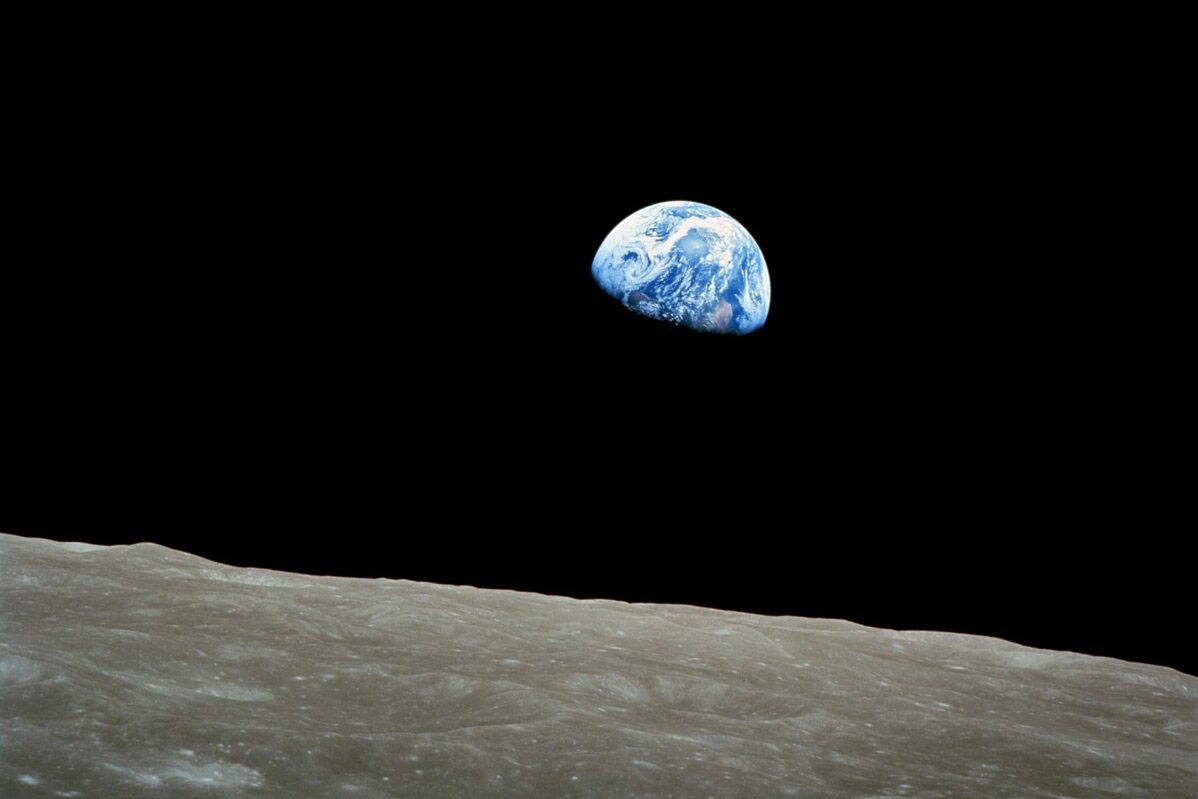Net Zero Carbon

There are no passengers on Spaceship Earth. We are all crew. ~ Marshall McLuhan
The Industrial Revolution was the start of it…
Our planet is warming, and if this process is unchecked, the effects will be catastrophic for much of life on Earth. We need to significantly reduce the volume of greenhouse gases pumped into our atmosphere to slow this. Global average temperatures are now 1℃ higher than in the pre-industrial era. If recent trends are allowed to continue, global temperatures will rise by 3-5℃ by 2100. As well as devastation for thousands of species that rely on the careful balance of their ecology, severe weather, wildfires, and rising sea levels will threaten significant numbers of our population’s critical resources and food security.
What are we doing about it?
In 2019, the UK Government and the devolved administrations committed to the net zero carbon target. Net zero requires achieving a balance between the greenhouse gases put into the atmosphere and those taken out. So, the net zero target requires a 100% reduction in greenhouse gas emissions compared to pre-industrial revolution standards by 2050.
i3D’s role
Intelligent vision systems, such as those developed by i3D, are crucial in helping the UK achieve its net zero carbon pledge. The Foundation Industries (Glass, Metal, Chemical, Ceramics, Paper, and Cement) account for 10% of the UK’s total carbon emissions. By integrating our systems into quality and inspection processes in these sectors, we can enhance their efficiency, reduce energy consumption, lower carbon emissions, and minimise waste. This is a tangible and effective step towards our collective goal of a greener future.
Similarly, our systems are helping with other complex challenges, such as nuclear decommissioning. If nuclear (fission) is to be part of our low-or-zero-carbon energy mix in the future, we must develop more cost-effective methods of making our ageing nuclear power station fleet safe. Our intelligent systems are part of that mission.


